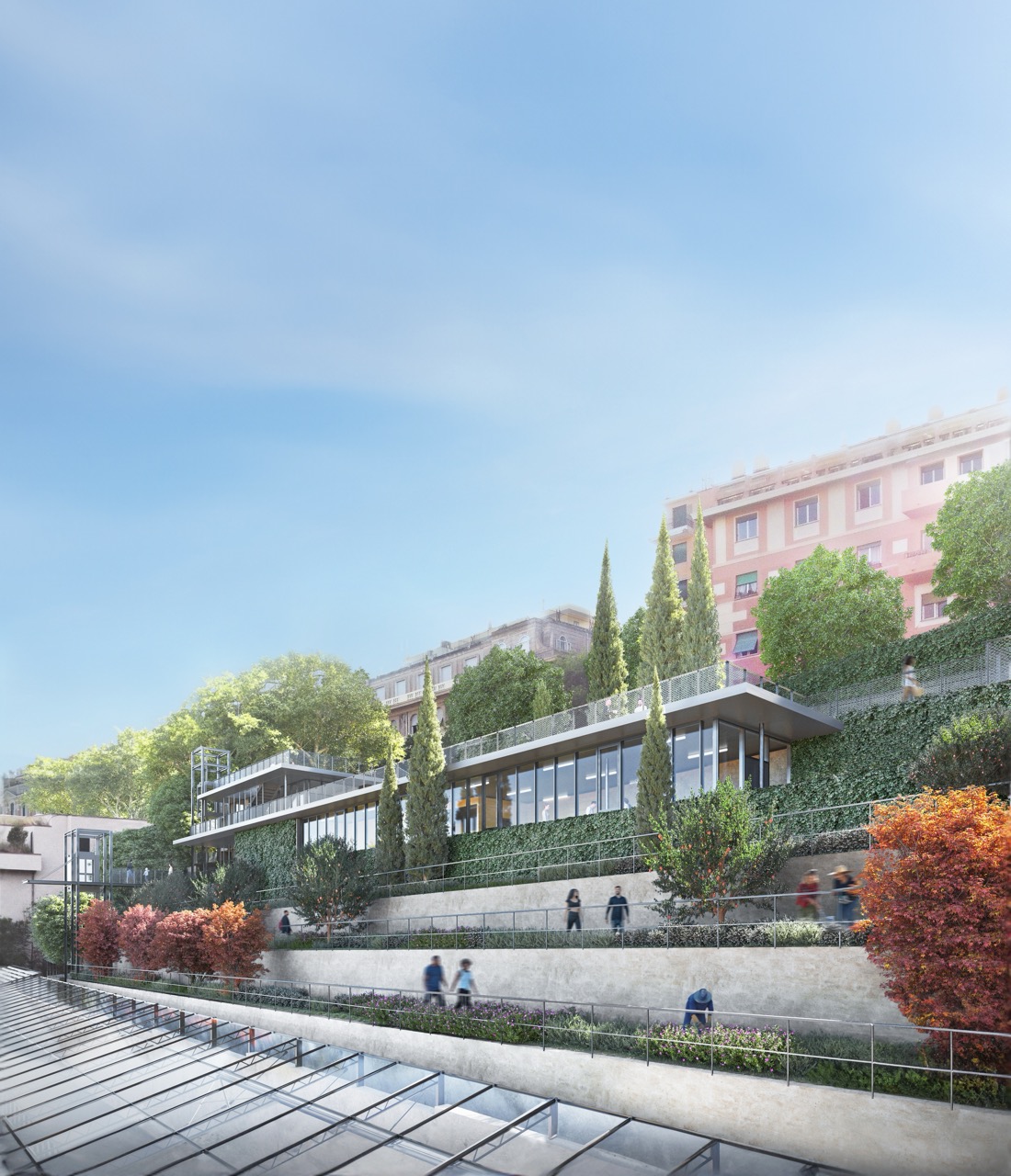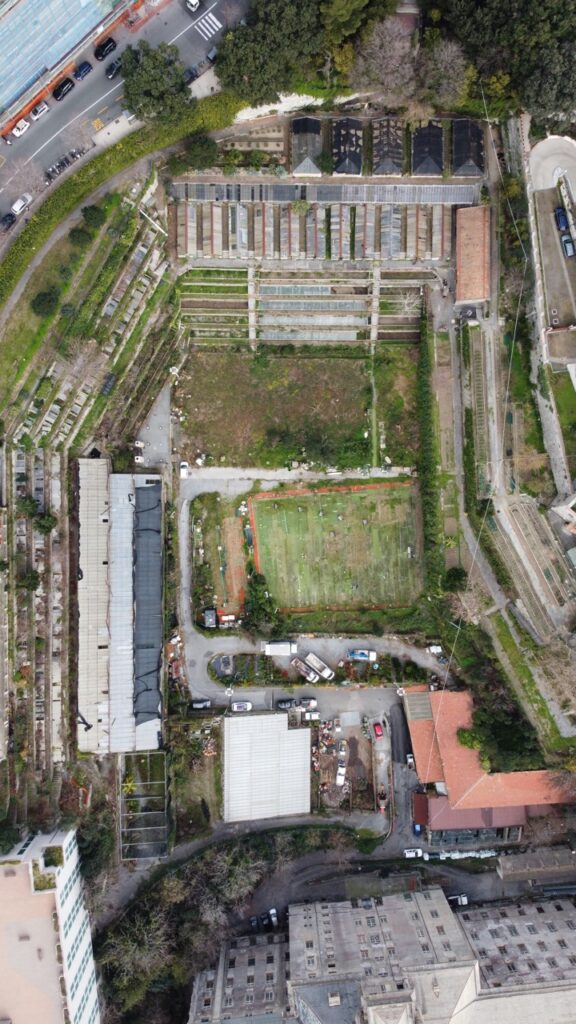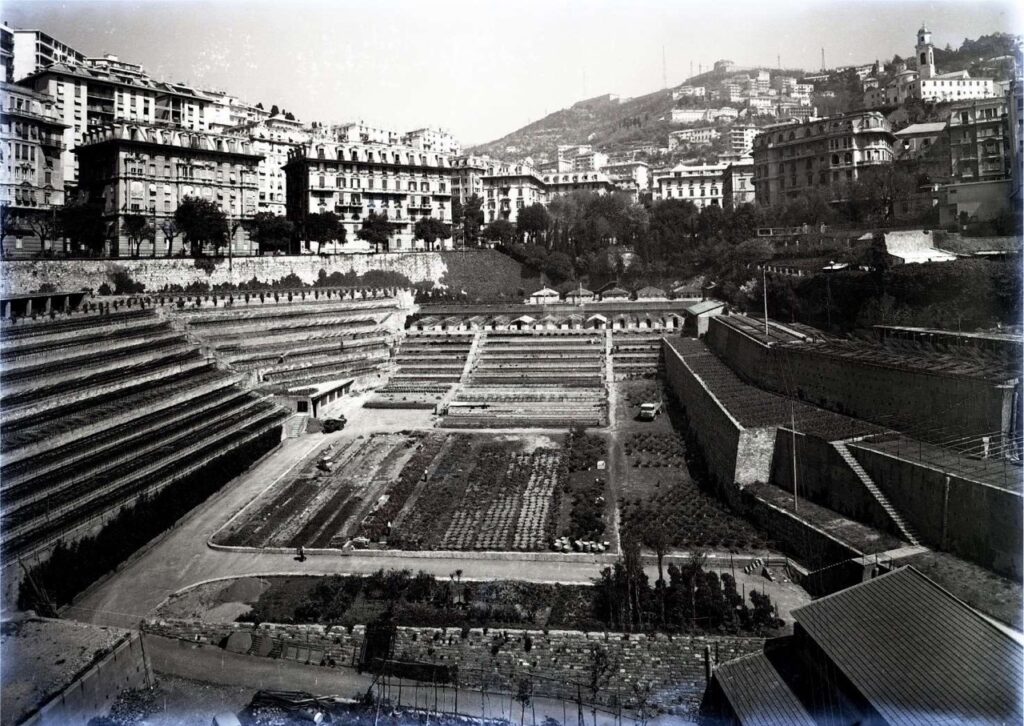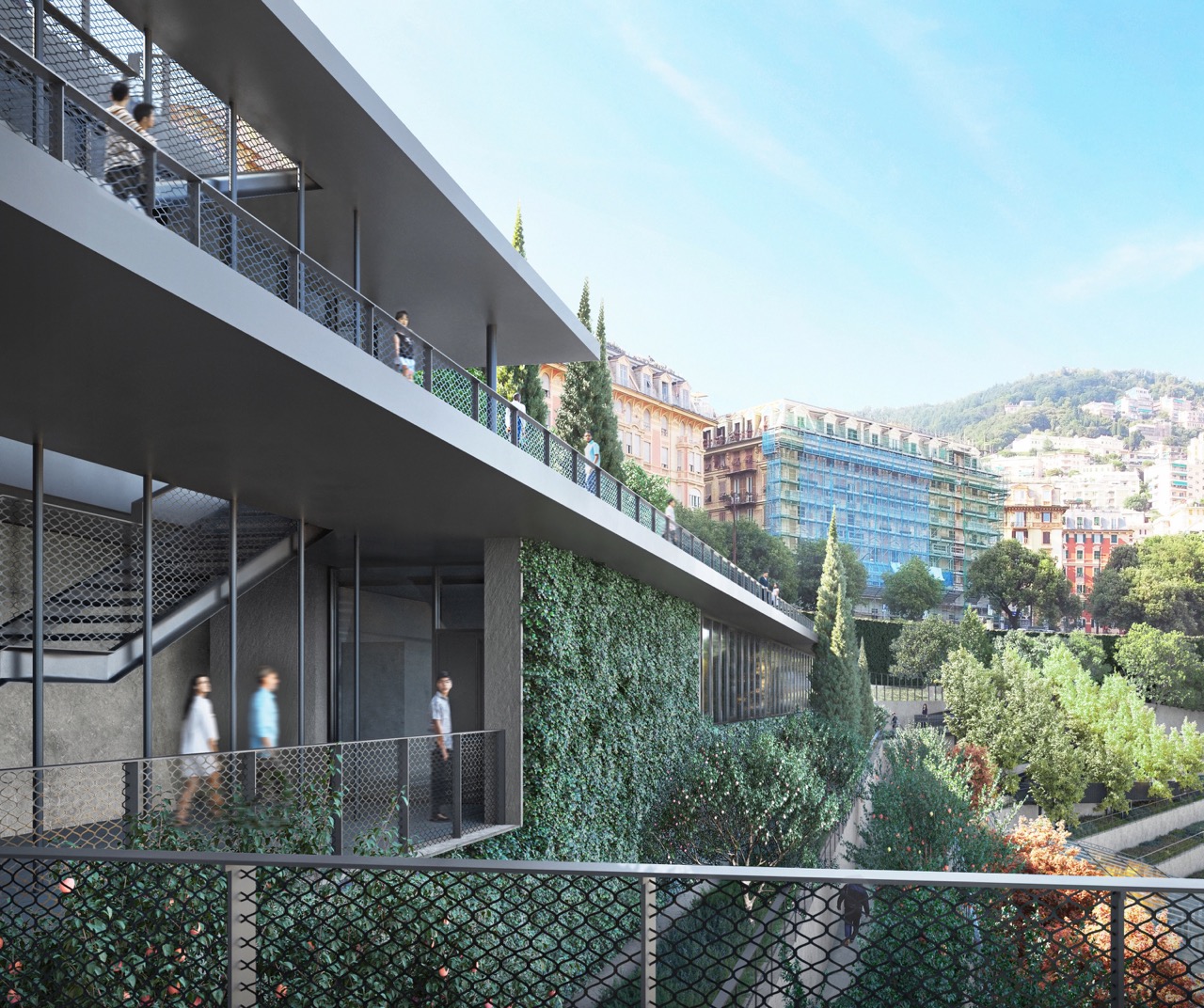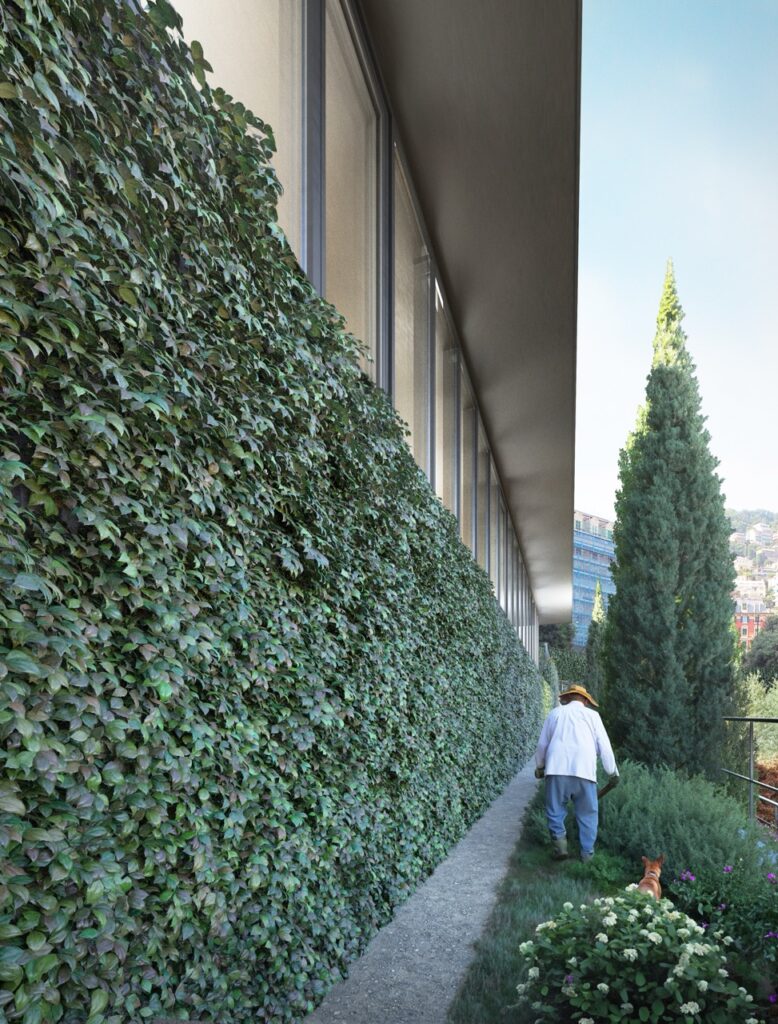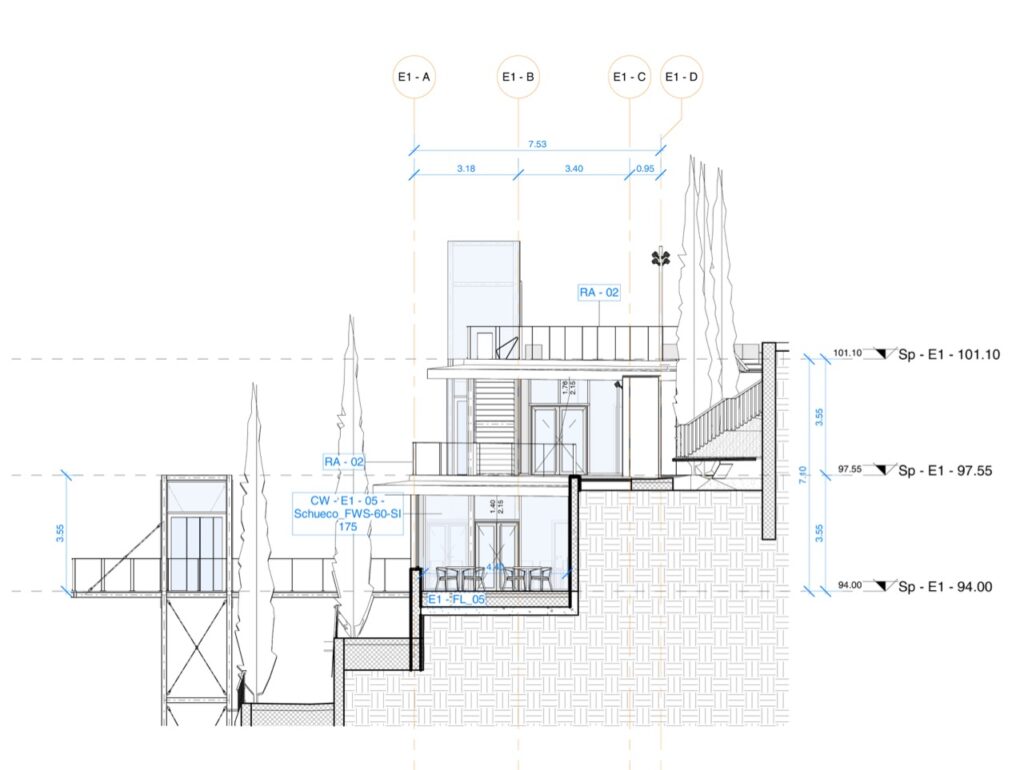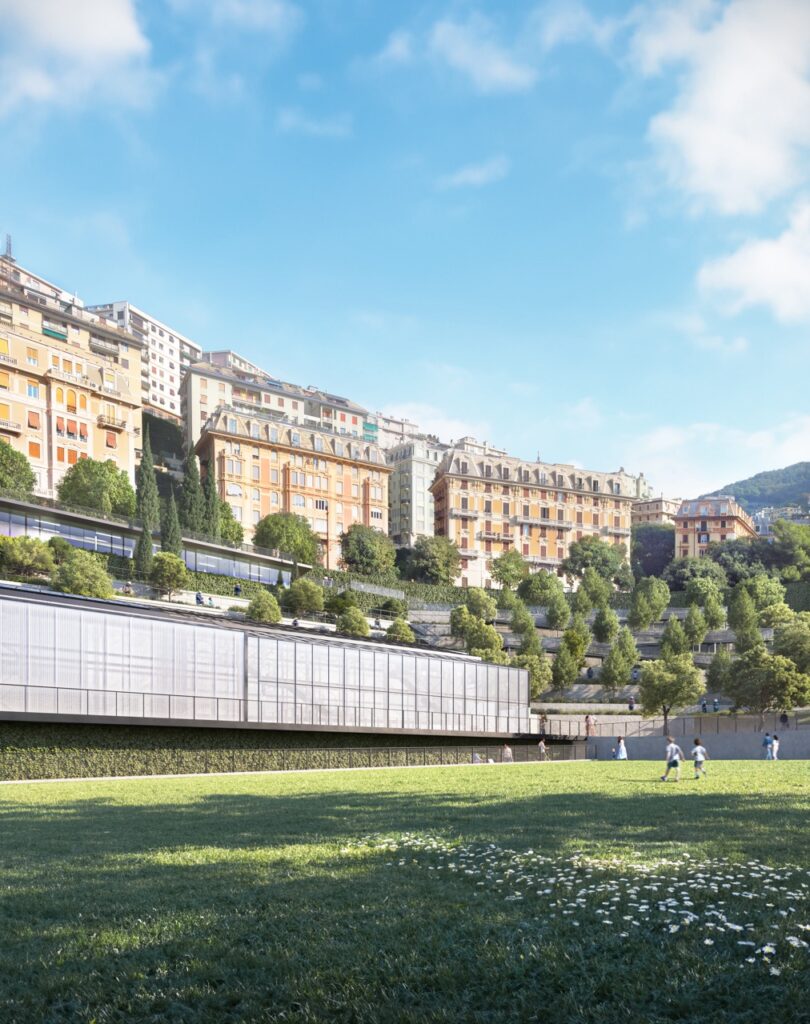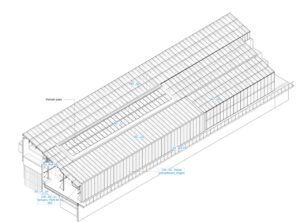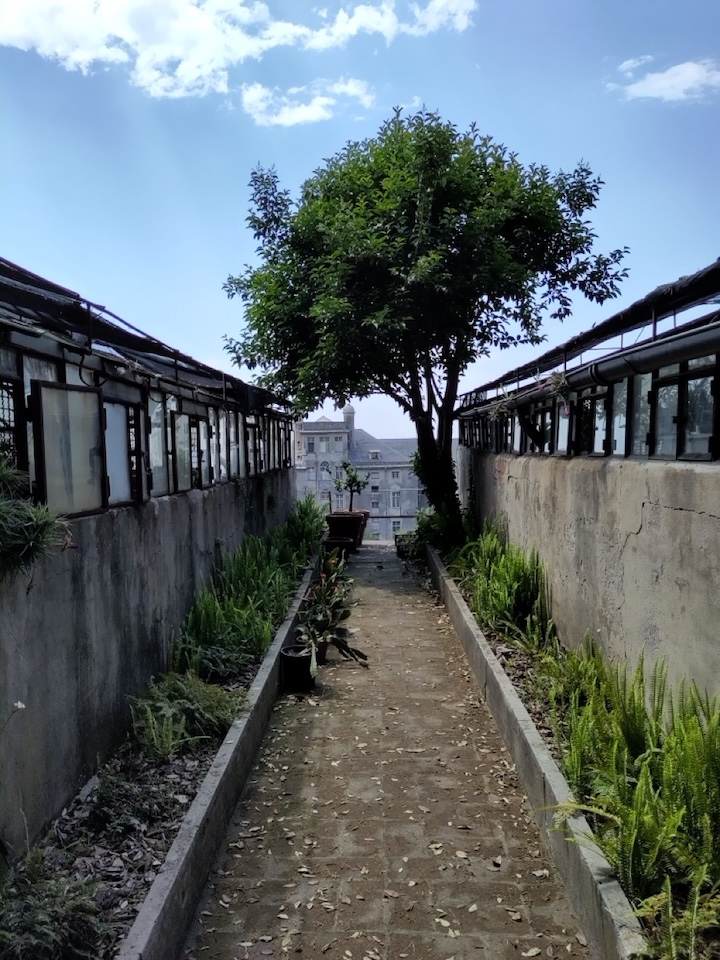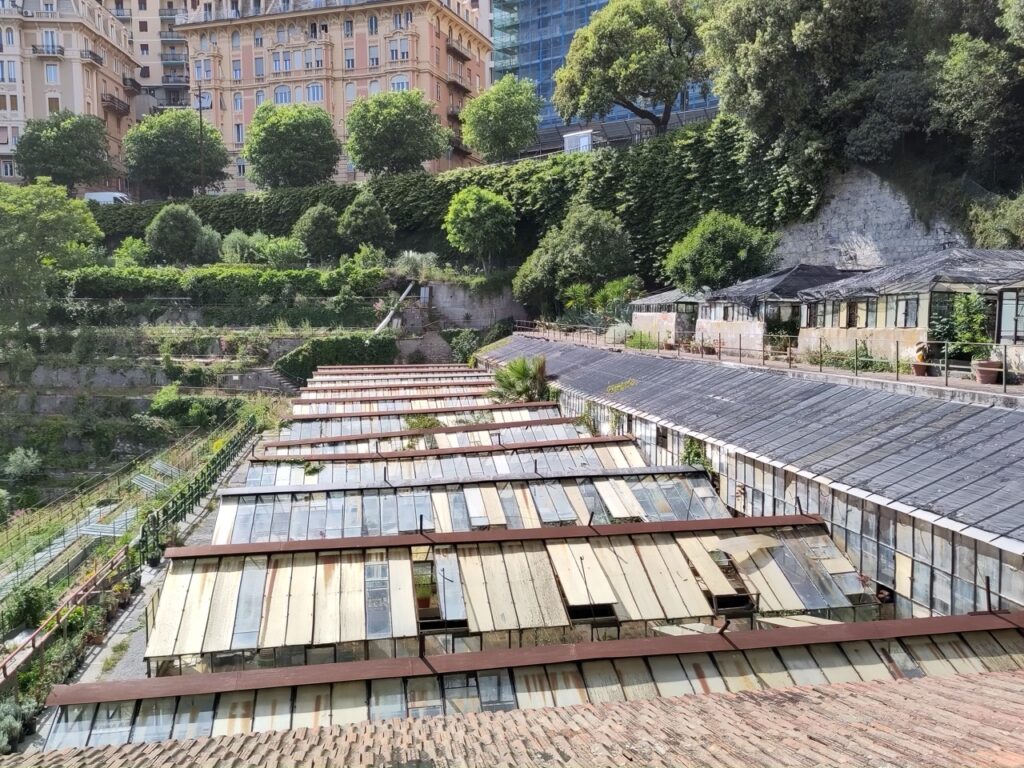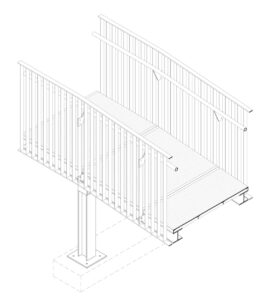The valley of 17.000 square meters created by the rio Carbonara is located behind the Albergo dei Poveri, the largest historical structure of the city of Genoa, from the second half of the seventeenth century it was a place of shelter, education and work for the poor, today it is one of the sites of the University of Genoa.
Valletta Carbonara is encircled by Corso Firenze, the urban thoroughfare of Castelletto, a historic and elegant Genoese neighbourhood.


